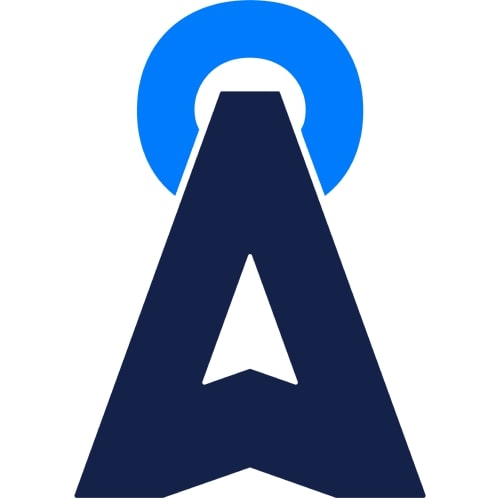In today’s digital age, mobile applications have become an integral part of our daily lives. Do you have a brilliant idea for an app that could change the world? Whether you’re a seasoned developer or just starting out, bringing your app to life on Apple devices requires the right set of tools. In this article, we’ll explore five essential tools that can help you navigate the world of iOS app development, along with some helpful tips for success.
- Xcode: Your All-in-One Development Hub
Xcode is the official Integrated Development Environment (IDE) for iOS app development. Developed by Apple itself, Xcode is a free, comprehensive suite that includes everything you need to code, test, and debug your app. It provides a user-friendly interface that includes:
- Built-in code editor: Write your app’s code efficiently with features like syntax highlighting and code completion.
- Powerful debugging tools: Identify and fix any issues that arise during development, ensuring your app runs smoothly.
- Visual interface builder: Design your app’s layout visually, dragging and dropping elements to create the perfect user experience.
- Swift: The Language of Choice for iOS App Development
Swift is a powerful and intuitive programming language developed by Apple specifically for iOS, macOS, watchOS, and tvOS app development. It is also known for its user-friendliness. Here’s why it’s widely preferred:
- Easy to learn and read: Even if you’re new to coding, Swift’s clear syntax makes it easier to grasp the fundamentals and start building apps quickly.
- Focuses on safety and security: With features like automatic memory management and strong type safety, Swift prioritizes creating robust and secure apps, giving you peace of mind.
- Simulator: Test Your App Anywhere, Anytime
Imagine testing your app on various iPhone, iPad, and Apple Watch models without needing the actual devices! The Simulator in Xcode makes this dream a reality. This built-in tool allows you to:
- Run and test your app on various virtual devices: Simulate different screen sizes and operating systems to ensure your app functions flawlessly on various iOS devices.
- Save time and resources: Skip the hassle of having multiple physical devices and test your app efficiently on your computer.
- App Store Connect: Your Gateway to the World
Once your app is polished and ready to take the world by storm, App Store Connect is your key to getting it published. This platform serves as your one-stop shop for:
- Submitting your app to the App Store: Follow the guidelines and provide necessary information to make your app available to millions of users.
- Managing your app’s information: Update details like app description, pricing, and screenshots to keep your app listing accurate and appealing.
- Tracking your app’s performance: Gain valuable insights into app downloads, user engagement, and reviews to understand how your app is performing and identify areas for improvement.
- Version Control System: Keep Track of Your Progress
As your app evolves and new features are added, keeping track of changes becomes crucial. This is where a version control system (VCS) like Git comes into play. VCS acts like a timeline for your project, allowing you to:
- Revert to previous versions: If any issues arise during development, you can easily revert to a previous version that worked flawlessly.
- Collaborate with other developers: If you’re working on a team, VCS ensures everyone is on the same page and avoids conflicts when merging code changes.
- Maintain a smooth development process: VCS helps you stay organized and efficient throughout the development lifecycle.
Bonus Tips to Propel Your App Development Journey:
- Define your vision and target audience: Before diving into coding, clearly define the purpose of your app and who it’s intended for. Understanding your target audience will help you tailor the app’s features and user experience to their needs.
- Embrace learning: The world of app development is constantly evolving. Commit to learning Swift and exploring the latest iOS development tools and frameworks to stay ahead of the curve.
- Seek feedback and iterate: Don’t be afraid to gather feedback from potential users early and often. This valuable input will help you identify areas for improvement and refine your app before launch.
- Stay updated: Keep yourself informed about the latest Apple technologies and guidelines. This ensures your app adheres to the latest standards and provides the best possible experience for users.
Monetization Strategies: Exploring Your Options
While creating a fantastic app is crucial, understanding how to potentially earn from your creation adds another layer of fulfillment. Here are a few common monetization strategies:
- Free with In-App Purchases: Offer the core app for free but provide additional features, upgrades, or virtual items for purchase within the app.
- Paid App: Charge a one-time upfront fee for users to download and access the full functionality of your app.
- Subscription Model: Offer premium features or content through a recurring subscription fee, providing users with ongoing value.
- In-App Advertising: Integrate non-intrusive ads within your app to generate revenue. Remember to prioritize a positive user experience by keeping ads respectful and unobtrusive.
The Journey Awaits!
Developing an app is an exciting and rewarding venture. By equipping yourself with the essential tools, following these valuable tips, and embracing continuous learning, you can transform your app idea into a reality and share it with the world. Remember, the journey of mobile app development is filled with learning opportunities and creative challenges. So, buckle up, get ready to code, and embark on your app development journey.

